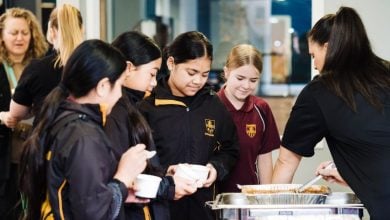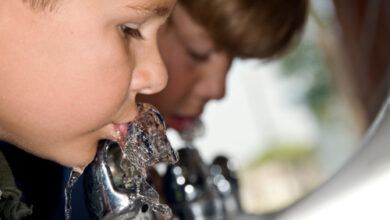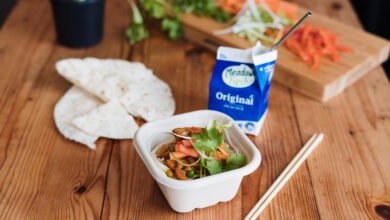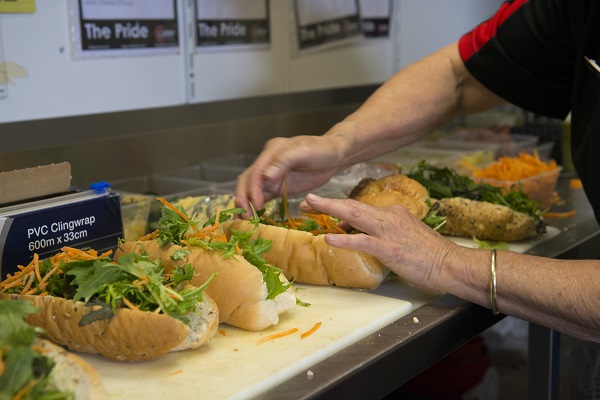Instilling healthy habits, one piece of fruit at a time
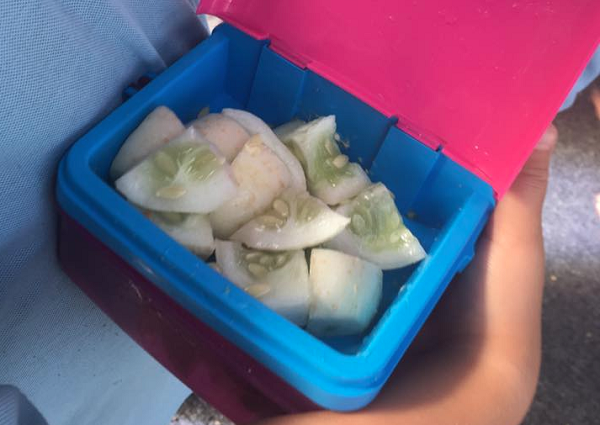
For the past four years, Hatea-A-Rangi School has been receiving fresh fruit, courtesy of the Fruit in Schools programme. Teacher Rebecca Trafford says the impact has been transformative…
It’s 10.15am and the children have been working for just over an hour. Some of them are getting fidgety and the noise level is starting to rise. The door opens and Nanny babe, the teacher aide, walks in bearing two platters piled high with fruit. Kiwifruit, mandarin, apples, pears and bananas are just a few of the options. The children’s eyes light up – it’s fruit time.
Hatea-A-Rangi is a tiny primary school, just 24 students, in Tokomaru Bay, 95km northeast of Gisborne. For the past four years, they have been receiving fresh fruit courtesy of Ministry of Health’s Fruit in Schools programme. Top quality fruit arrives at the school every Monday morning, enough for every child to eat at least one piece a day.
The impact has been transformative, according to teacher Rebecca Trafford. “Before the fruit deliveries, our children wanted pies, chips and fizzy drinks but we haven’t seen a fizzy drink here in years,” she says.
The change did not happen overnight, however. Initially the fruit was offered whole at break times, and children were not overly keen. “They were like, ‘Why would we want that?’ They wanted chocolate biscuits and chippies,” says Ms Trafford. “We were nagging them to try the fruit and we were frustrated by their reluctance.
“We realised that many of the kids weren’t used to fruit so we started cutting it into bite-size pieces. We got some neat cutting tools, things we’d never seen before, and before long there was nothing left on the trays.” The task of cutting became attractive and is now the responsibility of senior students.
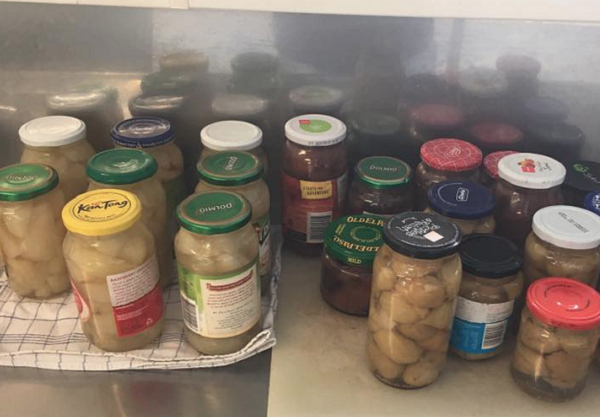
Timing was imperative too. At play times children were too distracted to eat, so fruit time was introduced during lessons, firstly at around 10.15am and then again at 2pm. “Immediately we noticed how this helped the kids’ learning. Having a fruit break helps them to settle and get through the morning. Our school also offers breakfast but not all kids will take that up, they don’t want to eat first thing, but by mid-morning they are very hungry. Another fruit snack in the afternoon helps them to stay focused until the end of the day.”
Buoyed by the success of the programme, the school decided to plant their own fruit trees – peaches, feijoas, apples and oranges. Now the children want to grow more of their favourites – passionfruit, grapes, mandarins, raspberries and blueberries.
“Eating fruit is absolutely normal here now. When we have an event, or go on a school trip there’s always fresh fruit. We’re very spoilt.”
Hatea-A-Rangi is one of 545 schools throughout New Zealand receiving Fruit in Schools deliveries, a programme started in 2005 and currently costing $7.8 million per year.
“The initiative ticks a lot of boxes as it is feeding hungry children and introducing them to healthy food options,” says Paula Dudley, general manager at programme providers United Fresh. “It is important to provide a good variety to ensure the children don’t get bored with the same type of fruit every day. We supply New Zealand grown produce for the most part but also include bananas because the kids love them.”
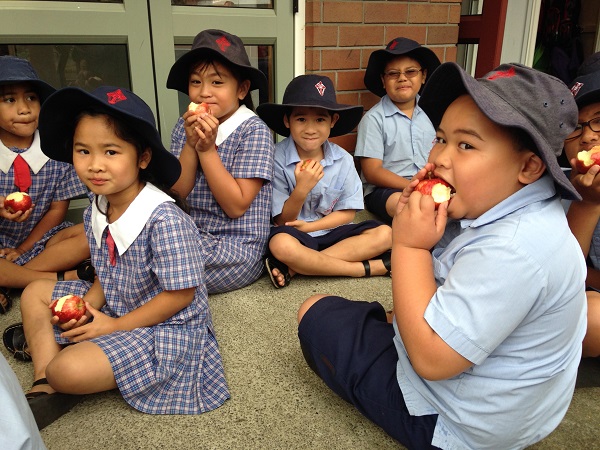
A survey of principals found that the biggest benefit of Fruit in Schools was feeding hungry children, with 85 per cent saying that children coming to school hungry or bringing no lunch was a significant issue in low decile schools.
Learning outcomes were improved too, as children were better able to stay on task after eating “brain food”.
Sixty-six per cent of principals reported that the overall health of students had improved as a direct result of eating fruit, with fewer incidences of school sores and skin infections, and fewer sick days.
And most principals, 95 per cent, agreed that the programme also raised the sense of equality amongst students regardless of their family circumstances.
“Fruit is as much a part of our kids’ day as their reading,” says Hatea-A-Rangi principal Murray Hawke. “Our kids absolutely devour it.”
The lowdown on fruit
Fruit is a carbohydrate food which (apart from banana, melon and dried fruits) generally has a low glycaemic index (GI) releasing glucose/energy into the blood stream slowly within within two hours of eating. Banana, melon and dried fruit tend to be rated as high GI releasing energy within half an hour. While these high GI fruits can be great if quick acting energy is needed this energy also fades very quickly.
Raw fruit is a significant source of vitamin C and, if not juiced, also dietary fibre. These help to provide roughage for bowel health and aid immunity.
Fruits that are brightly coloured contain high levels of anti-oxidants which also build immunity stopping colds, flu and inflammatory disease.
Fruits that are red, orange or yellow have more beta carotene a precursor for vitamin A important for skin, eyes and immune functions.
Berries and banana contain folate a B group vitamin that elevates mood, improving concentration and a feeling of happiness.
Dark fruits such as tamarillo and dried fruit such as prunes, figs, sultanas and raisins contain iron which once again are linked to improved cognitive functions and mood.
When raw fruit is cut it can brown quickly, nutrients are oxidised and the fruit looks less appealing. A good solution is to cut the fruit just before serving.
Buying fruit in season ensures higher nutritive value and usually lower cost too. Some fruit, for example berries, peaches, apricots and nectarines, can be bought when plentiful then frozen to be consumed later.
Dietitian Lea Stening advises that children eat two or three pieces of fruit a day. “Fruit is a high source of the sugar fructose so the recommendation to consume as much fruit or juice as you like is no longer in vogue.

